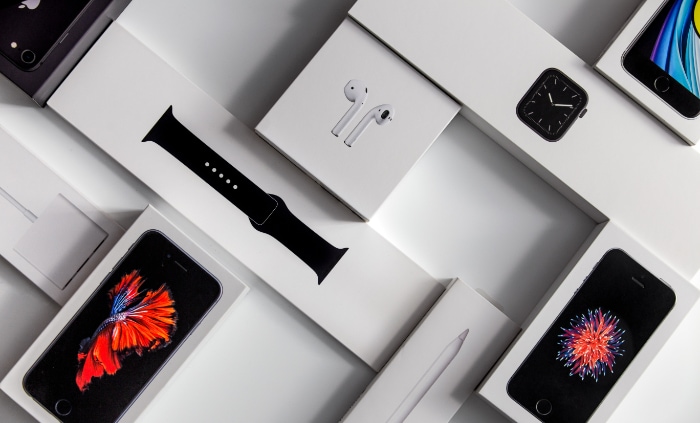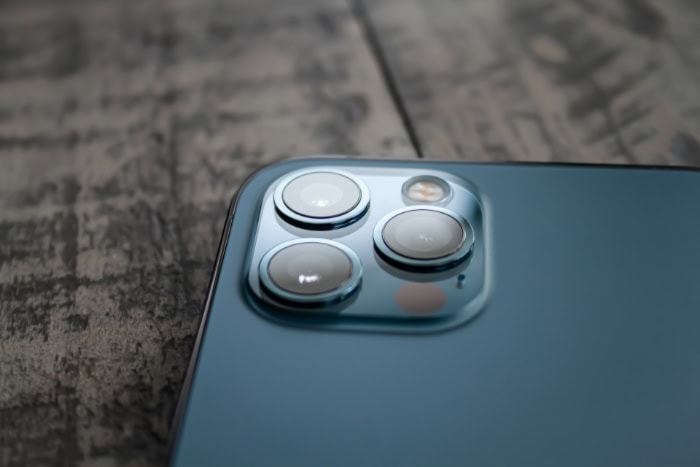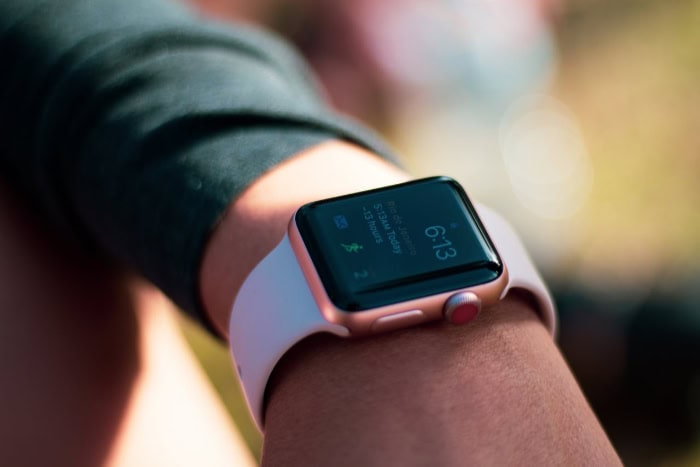Why Apple Products Are So Expensive: Behind the Pricing

Browsing Apple’s shelves or scrolling through its online store, many pause at price tags that consistently sit above much of the competition. MacBooks, iPhones, and even accessories routinely command hefty premiums, sparking both admiration and disbelief in equal measure.
What’s behind this unwavering confidence in charging more, and why do millions still line up, both virtually and physically, to buy? Curiosity about Apple’s pricing is as old as its iconic products, but the answer is far from simple.
Apple’s Pricing Strategy and Business Model
Apple’s approach to pricing stretches far beyond simple math or copying competitors. Instead, the company has built a business model that places profitability and enduring brand loyalty at the forefront.
Every decision, from product launch to yearly upgrades, reveals a careful calculation designed to maximize both revenue and the company’s reputation.
Profit Maximization Framework
Maximizing profit, not just selling high volumes, sits at the center of Apple’s philosophy. The company carefully crafts pricing models to ensure that every device generates strong margins rather than simply flooding the market.
By favoring premium pricing, Apple not only boosts revenues but also safeguards its image as a luxury technology brand. Shareholder returns receive top billing, so Apple is far more concerned with delivering strong profits per device than winning every customer.
This focus means that the company often holds back from pursuing aggressive discounts or chasing market share at the expense of profitability. Instead, Apple aims for a healthy balance, where each product elevates the company’s financial performance and strengthens investor confidence over time.
Premium Brand Positioning
Apple has spent decades cultivating an image that feels both exclusive and universally desirable. Its design language favors sleek lines, minimalist hardware, and intuitive interfaces, all intended to signal quality and sophistication.
Marketing campaigns highlight not just what devices can do, but how they make users feel: creative, powerful, and connected. Pricing aligns with this positioning, signaling that Apple sits in the same league as luxury brands, not general electronics manufacturers.
Competitors like Samsung or Microsoft may offer similar technology at lower prices, but Apple anchors its prices higher to reinforce its reputation for superior design and innovation. This strategy turns the act of buying an Apple product into a statement, not just a transaction.
Skimming Strategy
Apple’s launch playbook often begins with a pricing technique known as “skimming.” When a new iPhone or MacBook Pro hits the market, it arrives tagged with a high introductory price.
Early adopters, eager to own the latest technology, willingly pay a premium. Over time, as new models appear or sales slow, Apple gradually introduces discounts or lower-cost variations, making products more accessible to a wider audience.
This careful timing allows Apple to benefit from the enthusiasm and willingness to pay more among its most loyal fans while still capturing value from more price-sensitive buyers later on. Whether it’s the buzz of a new iPhone launch or the anticipation around refreshed MacBooks, the skimming strategy ensures every product release maximizes revenue across different customer groups.
Cost Drivers Behind Premium Pricing

Every Apple device comes with a price tag that reflects more than just the sum of its parts. The costs behind each product are carefully layered, with premium materials, top-tier manufacturing, significant investments in innovation, and a massive global operation all playing a role.
Apple consistently chooses quality over shortcuts, pushing the limits of technology and design. The result is a lineup of products that feel like a step above the competition, but carry higher expenses as well. Each stage, from sourcing raw materials to placing products in the hands of consumers, adds to the final price.
Material and Manufacturing Costs
Apple’s hardware stands out for its materials and build quality. Devices often feature custom-designed ceramic shields, aerospace-grade aluminum bodies, and precision glass finishes.
Unlike mass-market competitors, Apple insists on high standards for fit and finish, which involves labor-intensive manufacturing processes such as CNC machining and custom tooling for each device line. Time and expertise go into every step, from carving a MacBook chassis to polishing an iPhone’s glass.
These premium materials resist scratches, add durability, and create a tactile sense of luxury, but they also cost more to source and shape. Achieving consistent quality at scale, while minimizing defects, relies on advanced automation and skilled labor, both of which add to expenses.
R&D and Innovation Investments
Apple’s reputation rests heavily on its innovation, and that requires substantial research and development spending. Proprietary technologies, such as the Apple Silicon chips powering Macs and iPads, or advanced biometrics like Face ID, are the result of years of internal work and significant funding.
The seamless integration between hardware and software across iOS and macOS is no accident; it’s a strategic push to make Apple’s ecosystem stand out for convenience and reliability. Beyond current offerings, teams are constantly researching areas like augmented reality and new user interfaces, with the goal of keeping Apple ahead of the curve.
All these initiatives carry hefty R&D costs, which are factored into each device’s price.
Supply Chain and Distribution
Bringing Apple products to buyers involves a massive, highly coordinated supply chain. Components are sourced from around the world, assembled in tightly controlled facilities, and shipped across continents.
Navigating global logistics often means dealing with tariffs, stricter regulations, and frequent disruptions, all of which drive up costs. Once devices leave the factory, they pass through a network of retail partners and arrive at Apple’s own flagship stores, which are designed as architectural showcases but come with high overhead.
Maintaining a brand presence in premium retail locations, training staff, and delivering personalized customer experiences mean significant ongoing expenses. Each of these elements, from international freight to gleaming Apple Stores, shapes the final price customers see.
Perceived Value and Brand Loyalty

Apple’s pricing reflects more than materials and labor; it’s also about the meaning attached to the brand and the experience customers receive. Beyond the physical devices, Apple builds a sense of value through a tightly woven ecosystem, social cachet, and a reputation for enduring quality.
Fans often justify the premium not only because of the technology, but also because Apple’s products fit into their lifestyles, signify a certain status, and retain value longer than many alternatives.
Ecosystem Lock-In
Apple crafts its products to work together in a seamless, almost effortless, manner. Features like AirDrop, Handoff, and iCloud allow users to move between iPhone, Mac, iPad, and even Apple Watch without interruption.
Sending files, continuing tasks, or accessing photos feels smooth and intuitive, encouraging users to stay within the system. Over time, users often accumulate apps, subscriptions, and settings tied exclusively to Apple services.
Switching to a competitor can involve transferring data, relearning processes, and sometimes losing access to favorite features. The more users invest in Apple’s ecosystem, the less attractive alternatives appear, making the company’s premium feel worthwhile for many.
Social Identity and Status Symbol
Owning an Apple device goes beyond utility; it sends a message about identity and taste. Apple’s marketing consistently positions its products as tools for the creative, the forward-thinking, and those who appreciate quality design.
In many communities and industries, showing up with a sleek MacBook or the latest iPhone can be seen as a sign of achievement and modernity. Higher prices do more than cover production costs, they reinforce the perception that Apple represents innovation and exclusivity.
Many people subconsciously associate expensive products with superior quality, so Apple’s pricing amplifies its allure as both a functional device and a marker of social status.
Longevity and Resale Value
Purchasing an Apple product often feels less risky because of its reputation for durability and lasting support. Apple provides software updates to devices for five or six years, far outpacing most competitors.
That extended support means older iPhones and Macs remain usable and secure far longer, appealing to those who want value over time. When the moment comes to upgrade, used Apple devices typically command higher resale prices compared to Android phones or Windows laptops of similar age.
This lasting value helps offset the initial investment, making the higher upfront cost feel more reasonable to many buyers. For some, the ability to recoup a good portion of the original price is an important part of the Apple appeal.
Market Dynamics and Competitive Positioning

Apple’s ambition to remain at the top of the tech industry is not just built on innovation, design, or marketing. The company also carefully watches the shifting forces of global competition and consumer expectations.
As the technology landscape evolves, Apple confronts critics, navigates diverse economic realities, and contends with alternatives that compete fiercely on price.
The “Apple Tax” Debate
Conversations about Apple pricing often circle back to a familiar phrase: the “Apple Tax.” Critics point to examples like the $1,000 Pro Display XDR stand or high-priced accessories as evidence that Apple charges extra simply because it can.
Specs on paper occasionally match or lag behind competing products that command much lower prices, intensifying the debate. Still, a large segment of consumers continues to pay a premium, valuing Apple’s distinctive design approach, build quality, and seamless user experience.
For many, the reliability, aesthetic appeal, and intuitive software justify the extra expense, even when less costly alternatives are available. The willingness to pay what some label an “Apple Tax” reveals how much weight people place on factors that often transcend technical specifications.
Emerging Market Challenges
Apple’s premium pricing faces real challenges in emerging economies, where income levels and buyer priorities differ sharply from those in North America or Europe. In countries like India and across Southeast Asia, a significant share of potential customers is highly sensitive to price.
Local brands such as Xiaomi and Realme have built strong reputations by offering impressive features at accessible prices, winning over millions of value-conscious consumers. As a result, Apple’s high entry costs often restrict its products to a smaller, wealthier audience in these regions.
The company has made efforts to address this, such as introducing older iPhone models at lower prices or ramping up domestic assembly, but winning over the broader population remains a steep climb.
Global Pricing Variability
Apple’s pricing is far from uniform around the world. Factors like currency fluctuations, import duties, and regional taxes can significantly impact retail prices from one country to another.
An iPhone might cost considerably more in Europe or Brazil than in the United States, sometimes pricing out consumers who might otherwise be interested. Apple adjusts its price tags regularly to respond to financial markets and governmental policies, but such changes cannot always protect buyers from higher costs abroad.
Consumers in some regions learn to expect a “premium on the premium,” often leading them to seek alternatives or delay upgrades. The broad variations in pricing highlight the complexities of selling a global luxury product in diverse economic environments.
Conclusion
Apple’s approach to pricing is far from random or purely profit-driven. Each product’s price reflects a careful mix of thoughtful business strategy, the use of high-quality materials, significant investments in innovation, and a deep understanding of human psychology.
The company positions its devices as both technological tools and objects of status, building loyalty by making its ecosystem hard to leave and reinforcing value through long-term support and strong resale potential. At the same time, these advantages come with a trade-off: the elevated cost can place Apple products out of reach for some and spark debate about what really defines value in technology.
Ultimately, the choice to invest in Apple gear is deeply personal. For some, the premium is justified by experience, design, and convenience; for others, affordability and practical features matter more.
The decision remains with each buyer, shaped by their needs, values, and where they find meaning in their technology.


